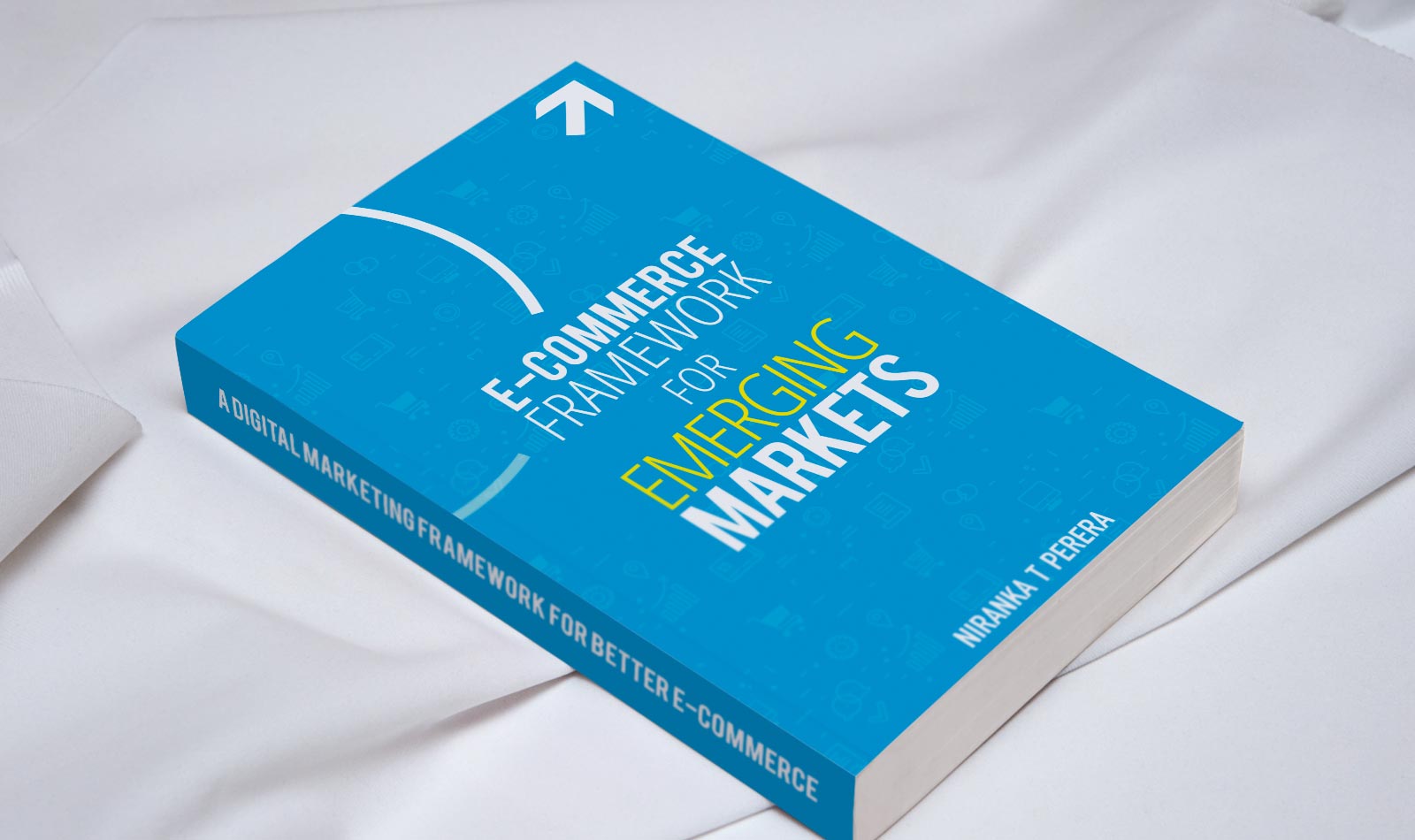An Example
Time to purchase and the decision-making cycle can vary significantly based on the price, category or situation. That is just common sense. How to map audience intent to a sales funnel though can be a little more difficult. Situations, demand context. “Where should I have dinner tonight?” may be your typical mundane question but the same question may take on a whole different meaning in the context of a first date and that all important first impression.
Borrowing from the software industry, the 7-Pillar Framework advocates a use case approach. During the initial stages the framework offers the tools to audit your ecommerce offering as we create user stories for potential scenarios, create audience segments to match said scenarios and A/B test messaging (ad content) for each segment to understand ‘triggers’ and value drivers. Essentially what prompts a potential customer to pick you, over another. This process is both bottom-up and top-down to validate all assumptions.
In my book, “A digital marketing framework for better e-commerce”, I’ve detailed how to use the 7-pillar framework to create your own strategy with practical examples at each stage. The objective is to offer a roadmap to individuals and organizations on a possibly better way to plan out your digital future.
The book is an ideal read for those just venturing into ecommerce as well as for those looking to optimize small to medium scale ecommerce enterprises.



